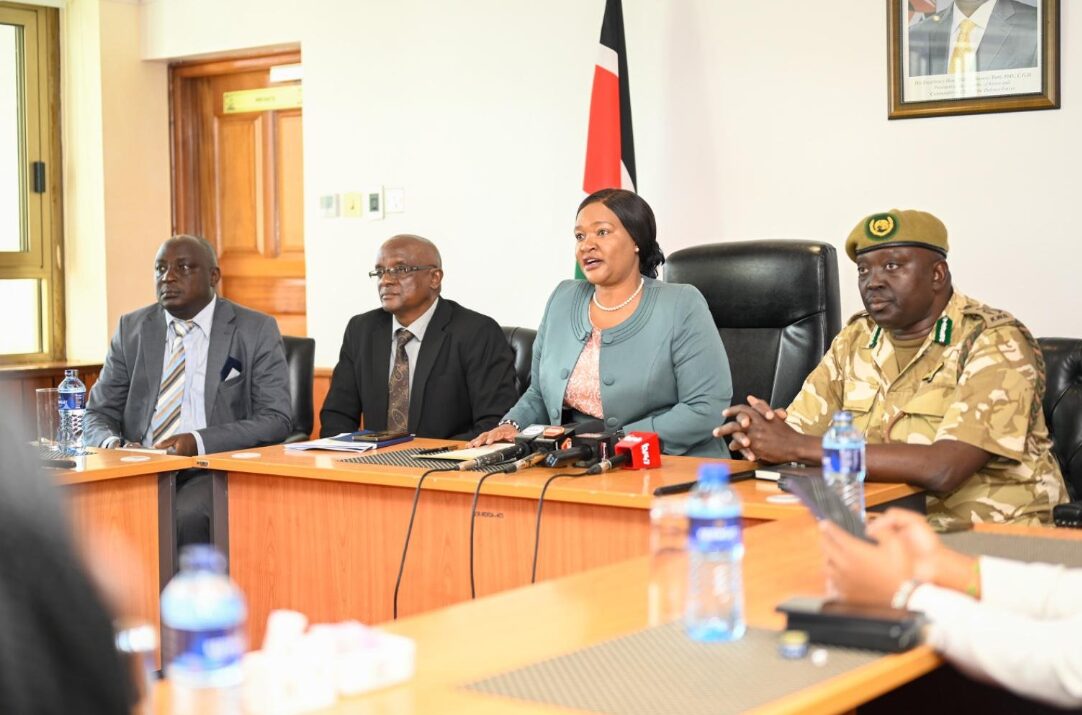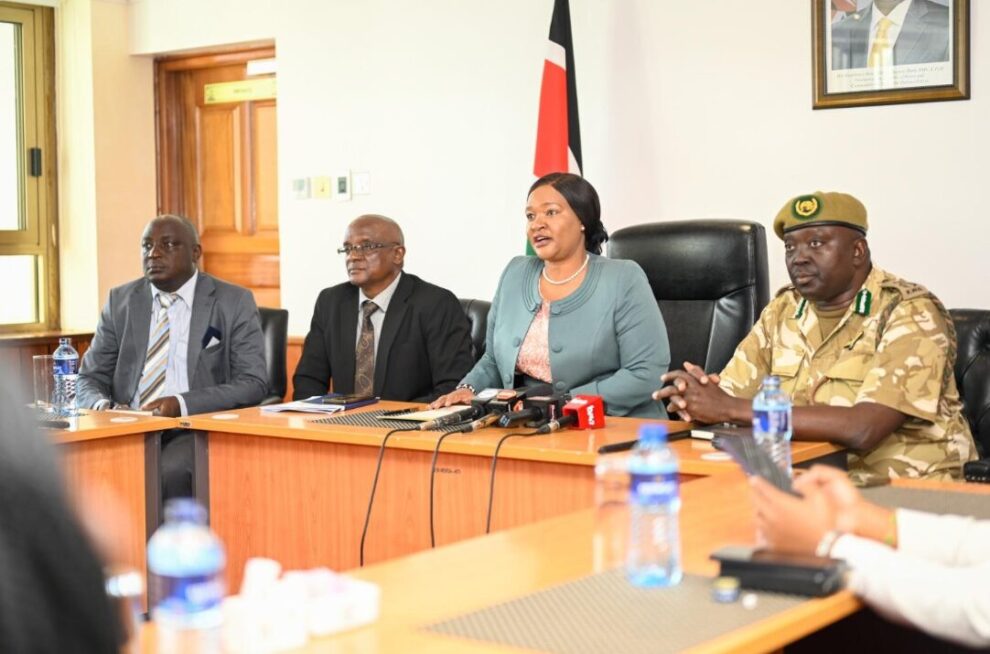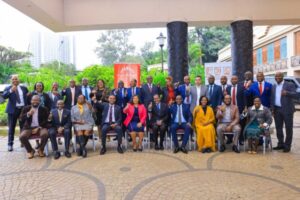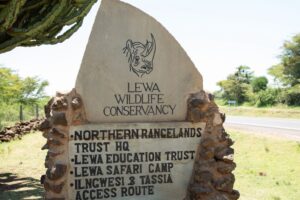The Ministry of Tourism and Wildlife has unveiled a new technology-driven model for compensating victims of Human-Wildlife Conflict (HWC), aimed at enhancing transparency, speeding up claims processing, and empowering local communities.

Speaking in Nairobi on Wednesday, 7th May 2025, Cabinet Secretary Rebecca Miano announced that the revamped system, already piloted in six counties, has disbursed Ksh 10 million through real-time data collection and direct payments, including mobile transfers for smaller claims.
The initiative replaces the outdated manual framework with a digital platform designed to restore dignity to affected communities and rebuild trust in wildlife conservation efforts.
With over 20,000 claims still pending and a backlog amounting to Ksh 1.36 billion, Miano emphasized the urgency of the new model, which includes revived Community Wildlife Compensation Committees (CWCCs) to oversee fair and localized verification of claims.
Since 2018, the government has paid out over Ksh 4.8 billion in HWC compensation, Ksh 2.8 billion of which has been disbursed under the current administration.
However, rising incidents, peaking at 8,272 in 2023, indicating the continued pressure on communities living alongside Kenya’s rich biodiversity.
Miano has called on the media to help raise awareness and mobilize support for the initiative, noting that well-informed storytelling can help drive policy and funding.
